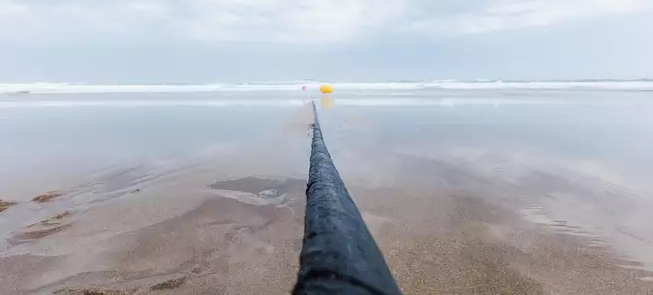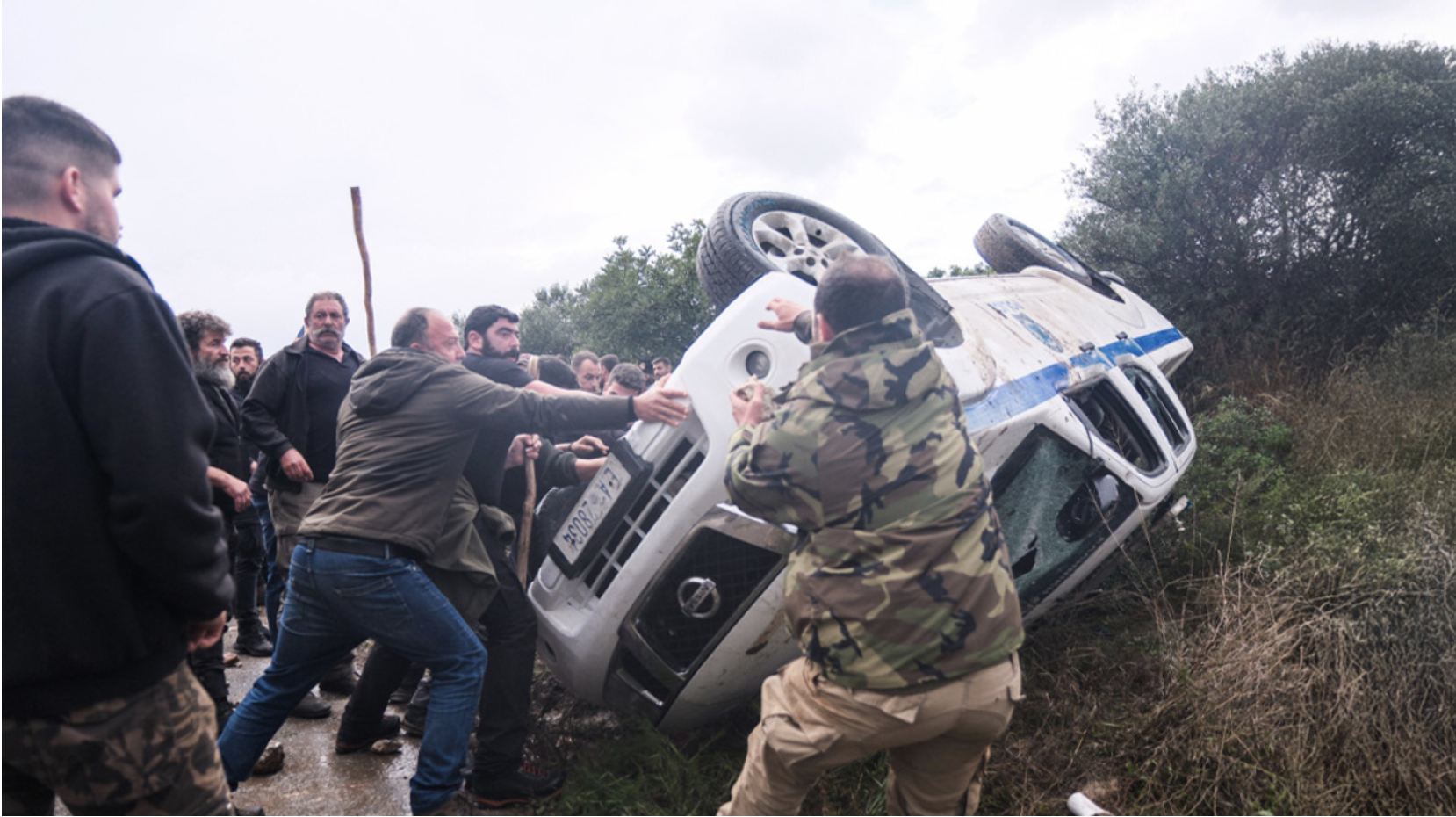Undersea cables are the backbone of the internet. Connecting places like the United States to Europe, or France to India, these submarine fiber optic cables permit the world’s web traffic to flow.
One such cable is called Marea. It runs from Virginia Beach in the U.S. to Balboa, Spain. And recently, a company called Infinera announced that it had broken a record for how much data it could send through this cable in a second. It’s a mind-boggling amount. Below, we break down everything you wanted to know about undersea cables and this experimental accomplishment, by the numbers.
One such cable is called Marea. It runs from Virginia Beach in the U.S. to Balboa, Spain. And recently, a company called Infinera announced that it had broken a record for how much data it could send through this cable in a second. It’s a mind-boggling amount. Below, we break down everything you wanted to know about undersea cables and this experimental accomplishment, by the numbers.
378 cables
That’s the total number of undersea cables in use right now, according to a company called TeleGeography, which conducts telecom market research. Modern cables use fiber optics and lasers to transmit data. Major cables complete key connections like New Jersey and Praia Grande, Brazil, or Australia to Indonesia to Singapore. Take a look at a beautiful, interactive map here.
That’s the total number of undersea cables in use right now, according to a company called TeleGeography, which conducts telecom market research. Modern cables use fiber optics and lasers to transmit data. Major cables complete key connections like New Jersey and Praia Grande, Brazil, or Australia to Indonesia to Singapore. Take a look at a beautiful, interactive map here.
Read more HERE
Ask me anything
Explore related questions





